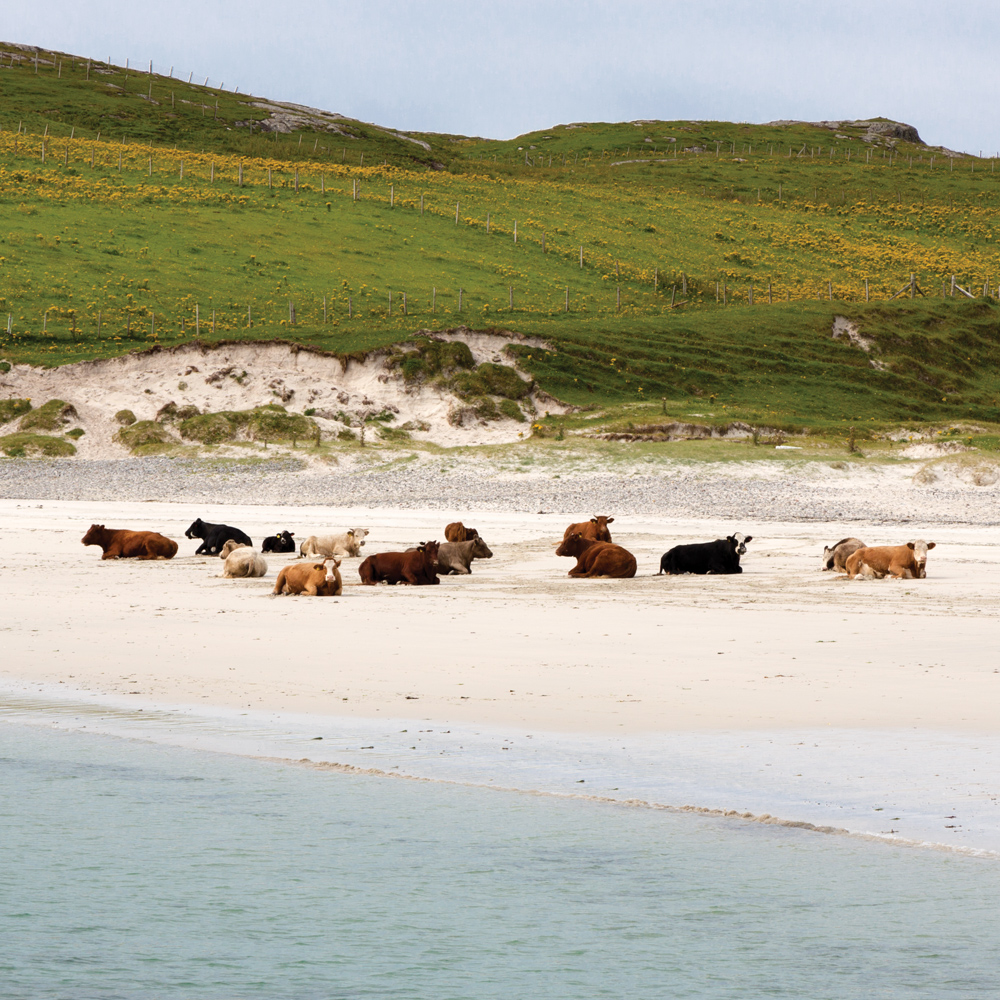te·loor·ee·uhn and thuh·las·ik | /tɛˈlʊər i ən ænd θəˈlæs ɪk/

You and I are tellurians, as are our fellow Earthling grasshoppers, emus, aardvarks and cattle. The Himalayas are tellurian mountains, the Sahara a tellurian desert, and New York a tellurian city. Tellurian means of or inhabiting the Earth – from the Latin tellus, meaning earth/terrestrial. We get Mother Earth from the ancient Roman goddess Tellus Mater. Originally an astronomical term, it was adopted into English in the second half of the 18th century, becoming a favourite with the sci-fi community where casting regular, everyday humans as tellurians makes us sound altogether more space-age and exotic.
Thalassophobes fear the sea, whereas thalassophiles naturally love it. Thalassic is to be of or related to the sea – particularly of gulfs and smaller seas. It too was assimilated into English during the 18th century, from the Greek thalassa, meaning sea, via the French thalassique. In Greek mythology, Thalassa is a sea goddess, and in astronomy, it is the name given to Neptune’s second-innermost moon.
Whilst we tellurians evolved from the thalassic realm, squirming our way onto land around 400 million years ago, over time, not all of us felt we’d made the right choice. Marine mammals from three separate orders have all evolved from land-dwelling tellurian ancestors. Manatees and dugongs are related to elephants, and walruses and sea lions to dogs and bears. Rather surprisingly and definitely off brand, dolphins are related to cattle and sheep.
Introduction Aeolian Alpenglow
Benthos Crepuscular Crispate Crown shyness
Desire lines Dreich Endragoned Edgelands
Frondescence Fumarole Gluggaveður Gossamer
Karst Komorebi Lawrence Long acre
Machair Monkey’s wedding Moonglade
Psithurism Quartz Rakuyou Roaring forties
Snag Soft estate Specular, diffuse and pellucid
Spoondrift Steam fog Swash zone Sylvan
Tellurian and thalassic Terracettes Uliginous